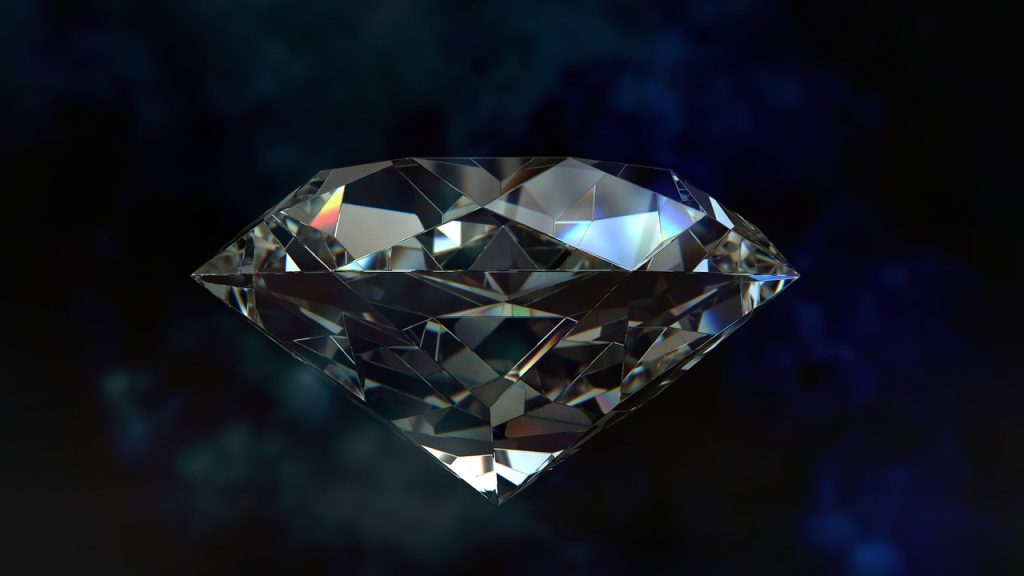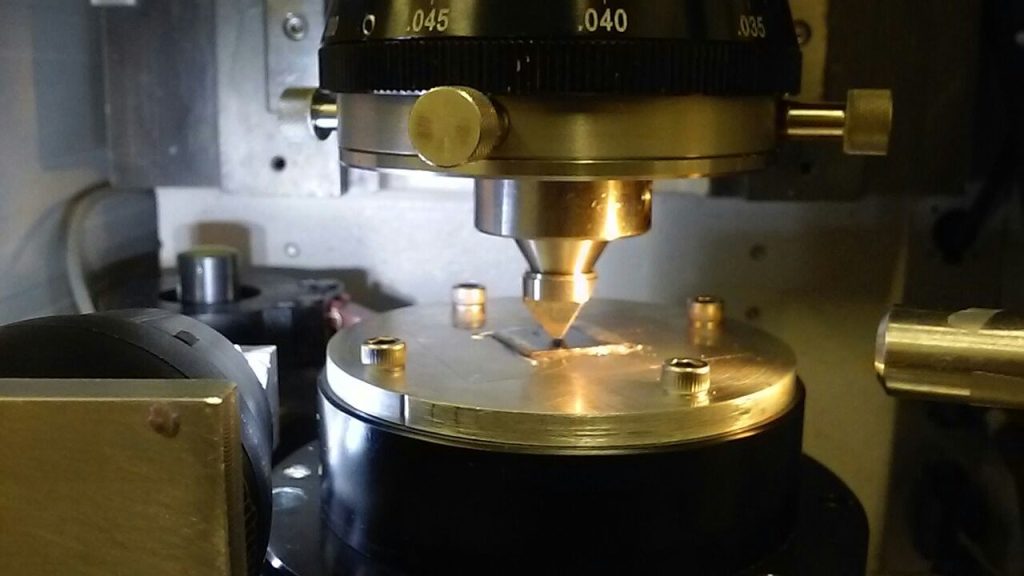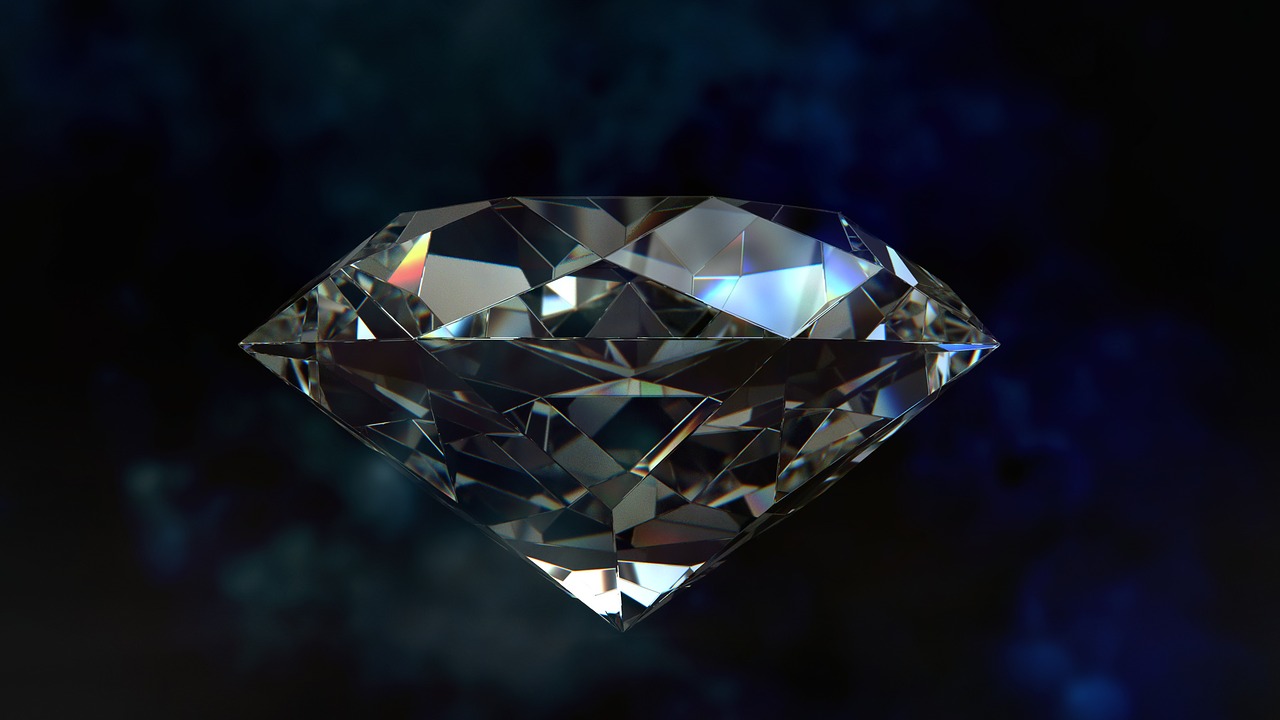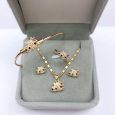Traditionally, laser drilling involves using an infrared laser that has about 1060 nanometer wavelength. It used a drill that has a diameter of less than 0.22 mm. The drill holes give access to the diamond’s inclusion. Once the imperfection goes away, the diamond takes a dip in sulfuric acid to remove what’s left of the stains or dissolved crystal.

The History
Laser drilling has been recognized as one of the most efficient and established manufacturing techniques. It has been incorporated into various industries. Aside from the jewelry industry, electrical, automotive, semi-conductor, aerospace, and medical industries also use this type of drilling.
Improving a diamond’s quality involves several processes. Many jewelers have already been using the laser drilling technique to remove iron oxide or crystal inclusions since the middle part of the 1960s.
The Kiduah Meyuhad (KM) or special drilling method was created. From the time KM laser drilling appeared, it was discovered it was most fitting for diamonds that are poor in quality. KM’s technique leaves no hole at all, making it more difficult to spot in the treated diamond. Upon close inspection, there are remnants of this drilling left in the stone. Wormholes remain near the areas of inclusions. This makes KM laser drilling far better than standard drilling with lasers.
It became clear that this drilling technique was, indeed, useful for diamonds, even if many people believed that this was just a spinoff of laser cutting. Altogether, laser drilling has progressed into an extremely effective and efficient technique for various materials like plastics and metals.
Technological developments and innovations paved the way for drilling with laser beams to come into fruition. The technique continues to become a process that can drill different diameters and depths of a smaller, more accurate nature than the other usual methods. The components of this drilling technology are now extremely complex. Its processes in manufacturing are now more efficient as well. Laser drilling continues to develop and innovate. The transformation brings forward various forms of this type of drilling are now available:
• Helical
• Trepan
• Percussion or single-shot

What Happens During the Process
Diamond professionals can apply this type of drilling on several inclusions in the one diamond. The clear marks left by this process can only be seen under a special microscope called a loupe. It leaves tiny drill holes in the stone. They look wrinkled and whitish, too, because they reflect light. The tunnels, known as “dark circles”, also reach the surface of the diamond.
The jeweler should declare the type of laser drilling when the diamond reaches the gemological laboratory.
Connection Between Laser Cutting and Drilling
Because both laser cutting and drilling can perform a type of cutting, people usually mistake laser drilling for laser cutting. This isn’t surprising at all as this kind of drilling was derived from laser cutting. Western Electric Engineering Research Centre manufactured a laser cutting machine in 1965. It was designed to laser drill diamonds. The technique surfaced about a decade after the invention of the laser, and also after a diamond has been laser drilled successfully.

Why There’s a Demand
The efficiency of drilling by means of laser beams has turned it into the most potent solution for many cases in various industries including the diamond trade. This drilling can make holes that are 0.0005 inches in diameter. An ordinary drilling method cannot accomplish this.
Laser drilling also plays a vital role in the medical, automotive, and aerospace industries. These industries deal with life-saving endeavors so they need the accuracy provided by this drilling technique.
The Benefits
Here are some of the known benefits of this renowned laser technique:
1. It yields consistent and extremely accurate results.
Once set up properly, a laser drill can give accurate and consistent results each time. This is brought about by the equipment’s powerful and focused laser beam.
2. It doesn’t involve physical contact.
Unlike conventional drilling, laser drilling doesn’t rub against or apply weight on any material. It uses a laser beam that’s why it gives only small amounts of wear or distortion. The beam focuses with precision and accuracy. With a laser drill, you’re certain that the area will be the only area altered.
3. It gives the user absolute control.
This drilling process lets the user control the heat output, beam duration, and laser intensity. It makes the process highly reliable and dynamic. The user just needs to master the manipulation of the laser beam.

4. It offers multiple types.
A laser drill is versatile, allowing the user to have several options with which to work on a specific substance.
5. It can deal with many materials.
This technique can work on the most inexpensive material like plastic to the most extravagant material like diamonds. It provides holes that come in all sizes, shapes, and diameters.
6. It can produce holes with small diameters that have high aspect ratios.
Holes that have high aspect ratios are always in high demand. This makes laser drills far better than conventional ones.
7. It can perform many functions.
A laser drill can perform several functions at the same time. In addition, the user can even utilize this machine for laser welding or laser cutting.

Laser drilling is an extremely useful tool in manufacturing many items that we use daily. It is even possible for this technology to help create habitable and sustainable subterranean bases on Mars. As more industries continue to use laser drill technology, it will continue to improve. In the diamond industry, we can look forward to more stunning enhanced gems. This way, more flawless looking diamonds will always be there to behold.















